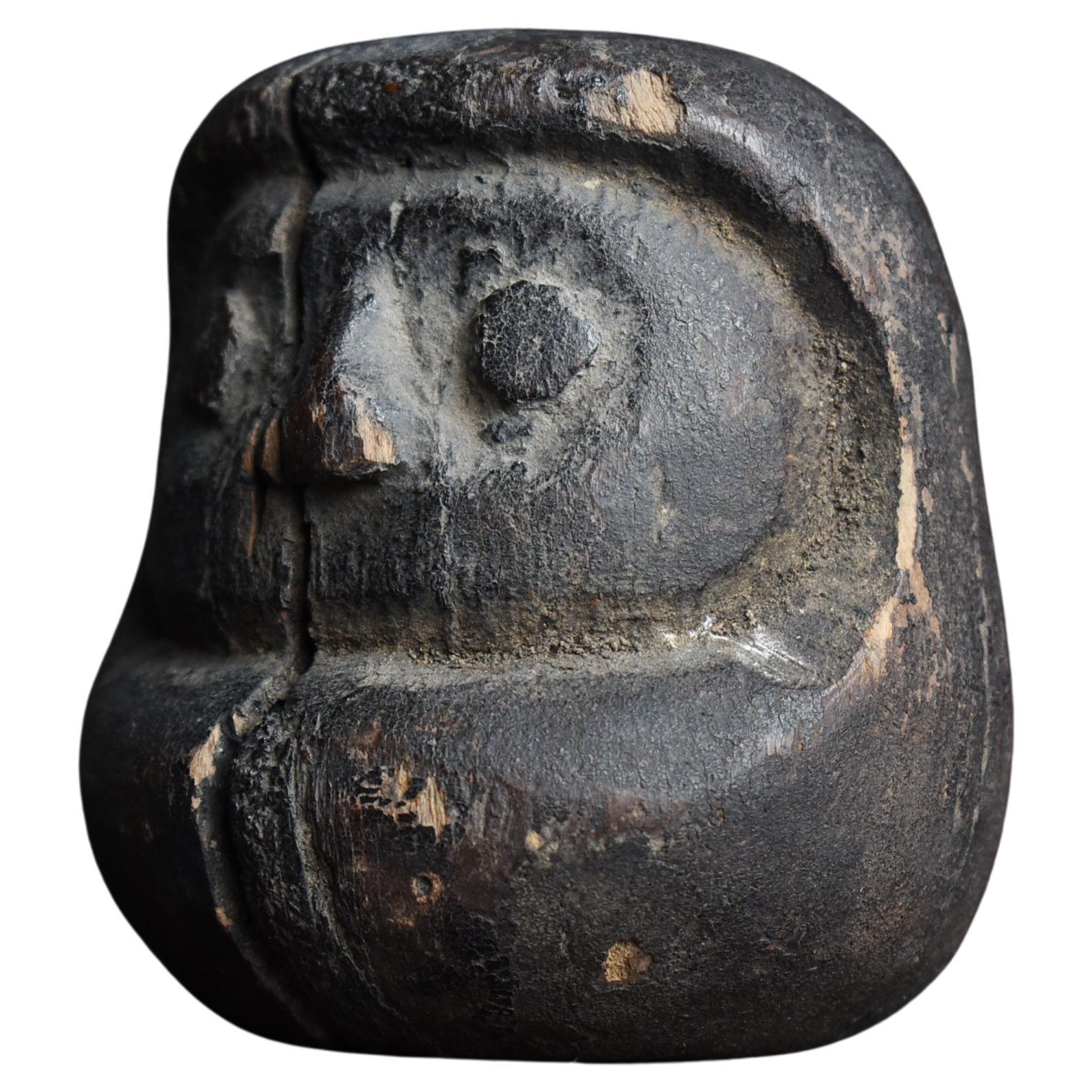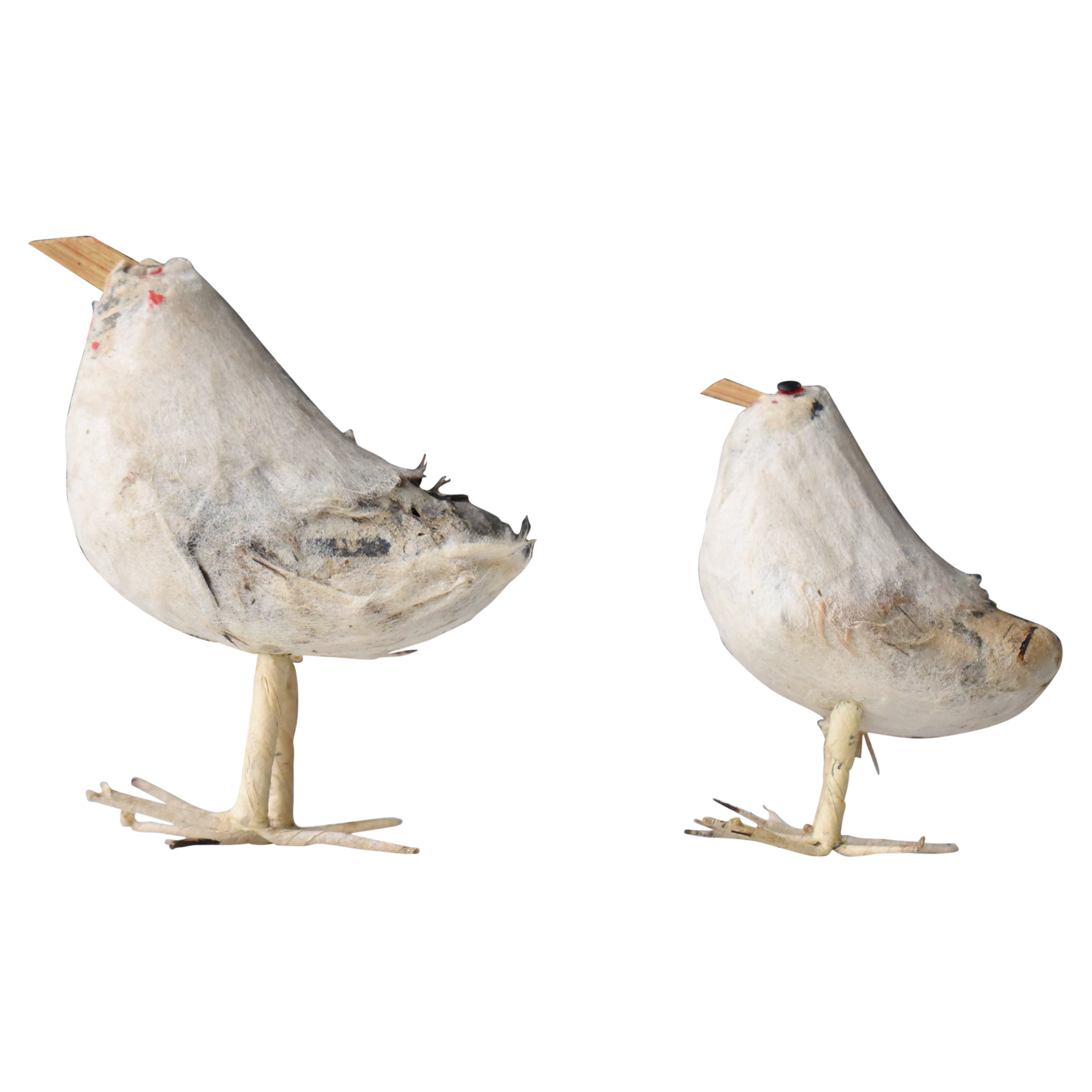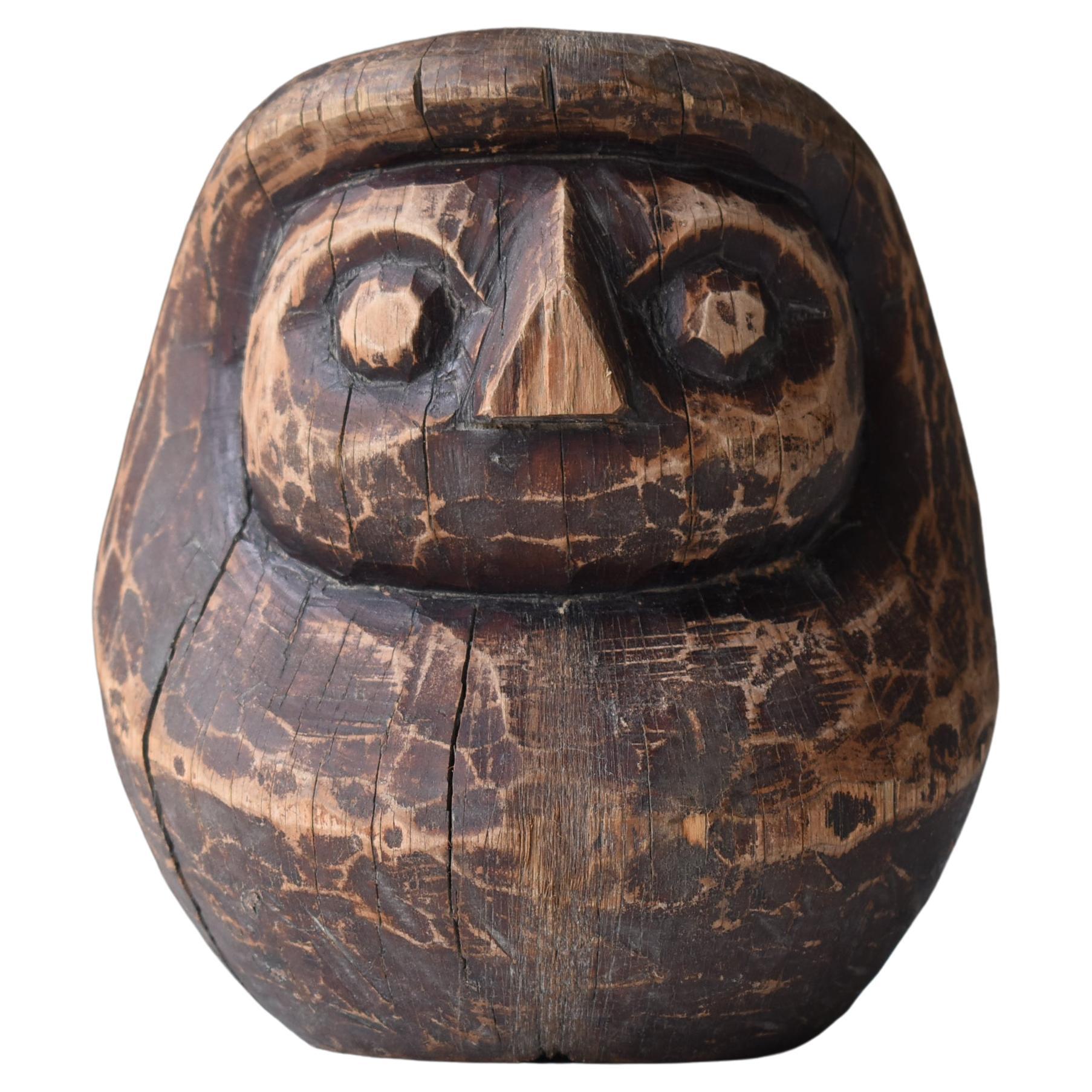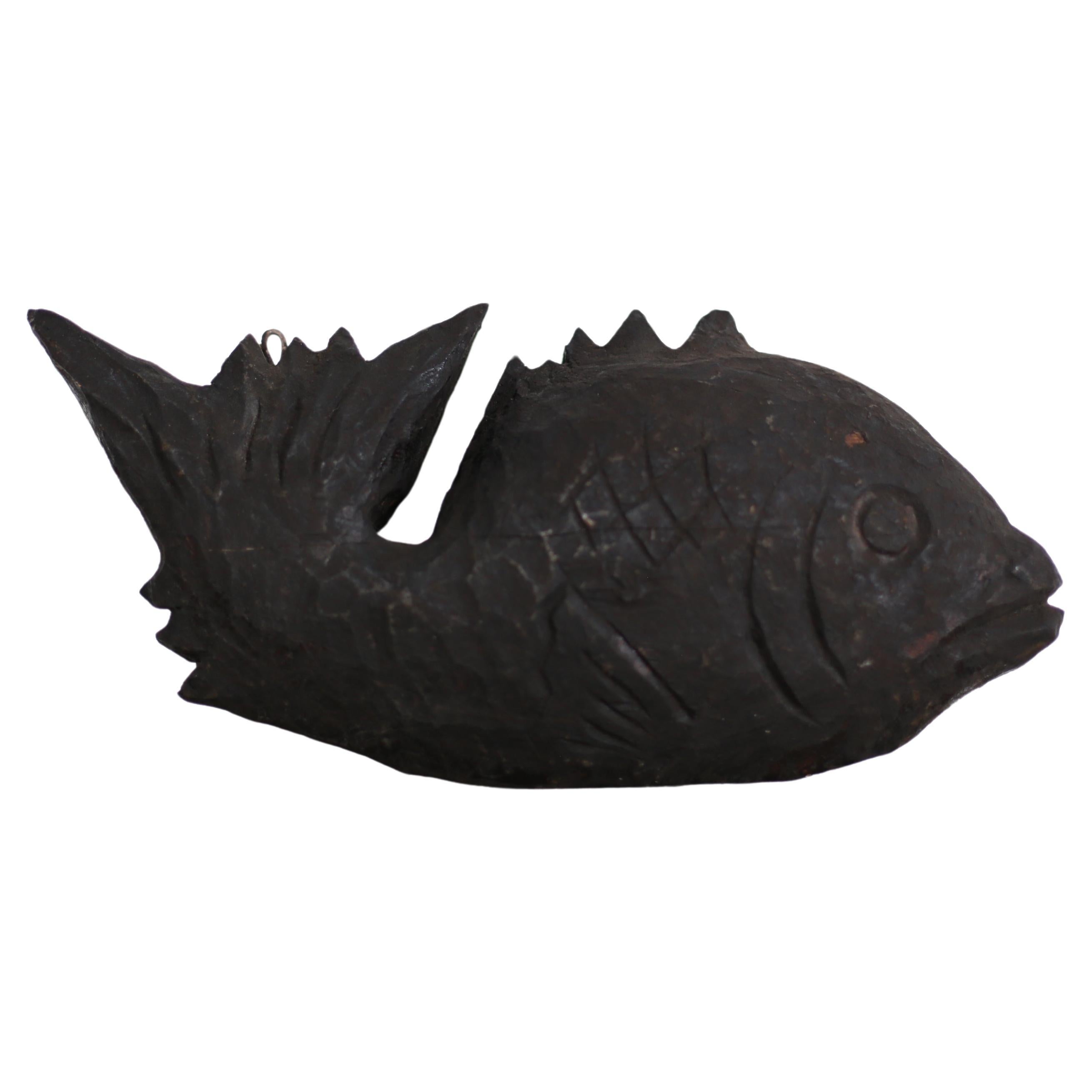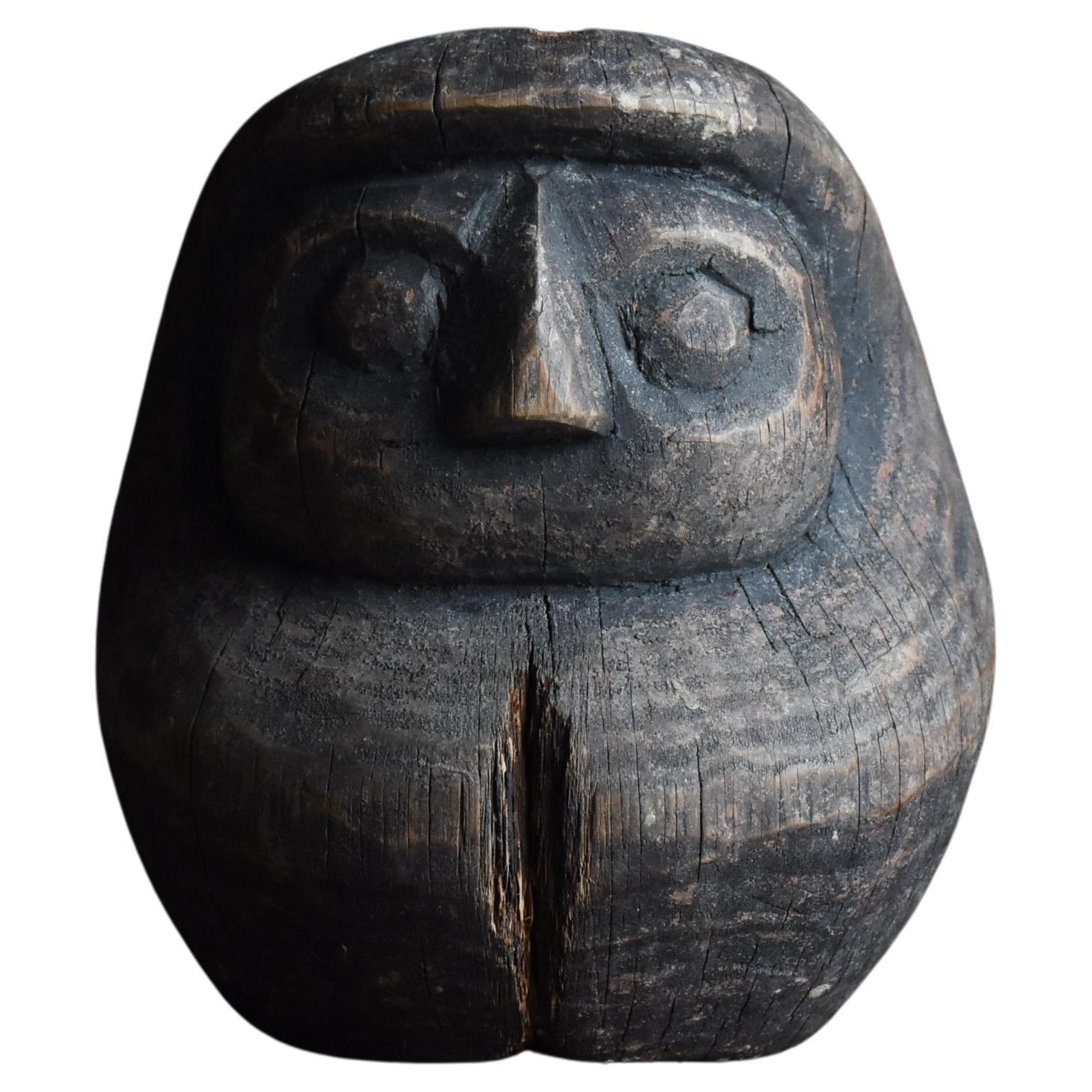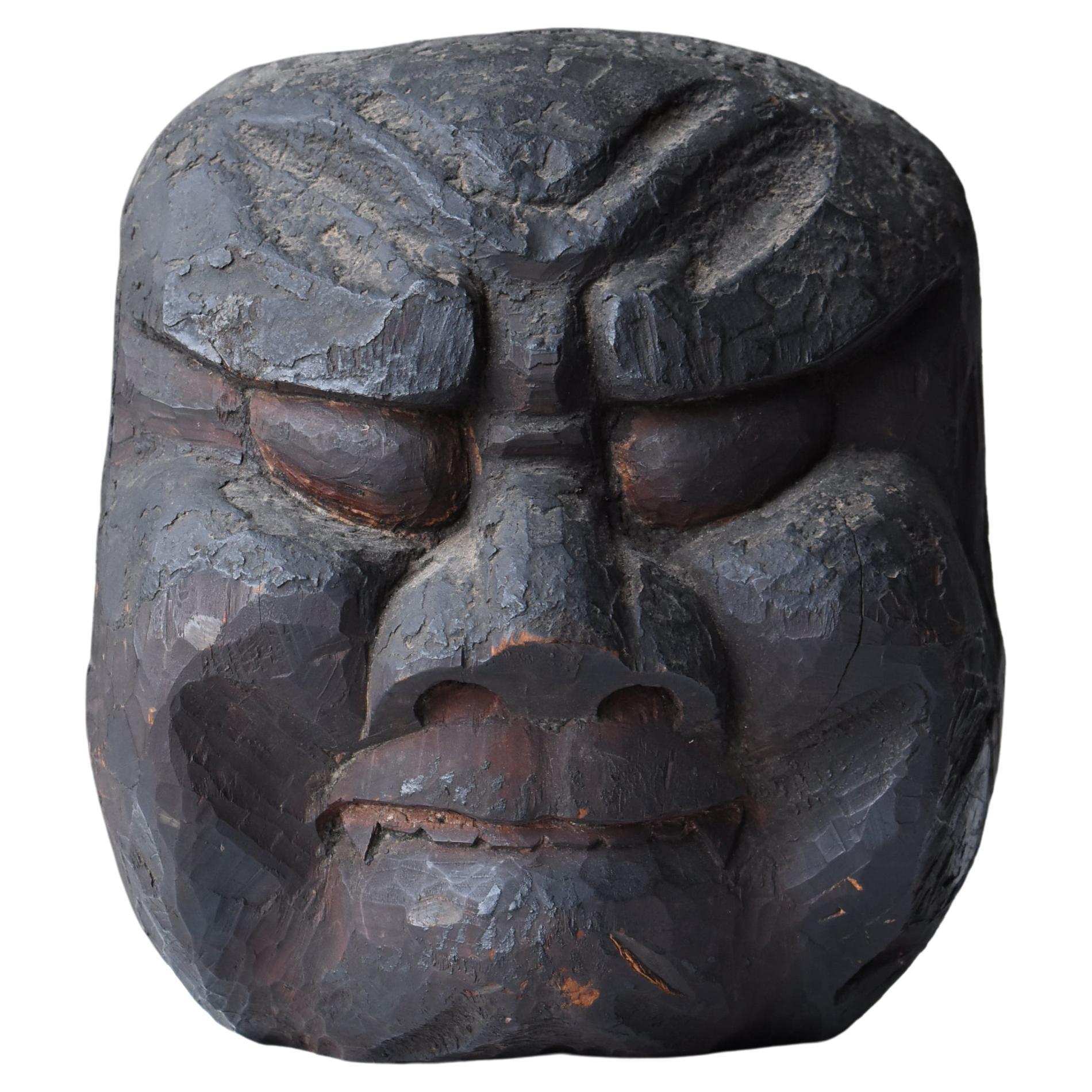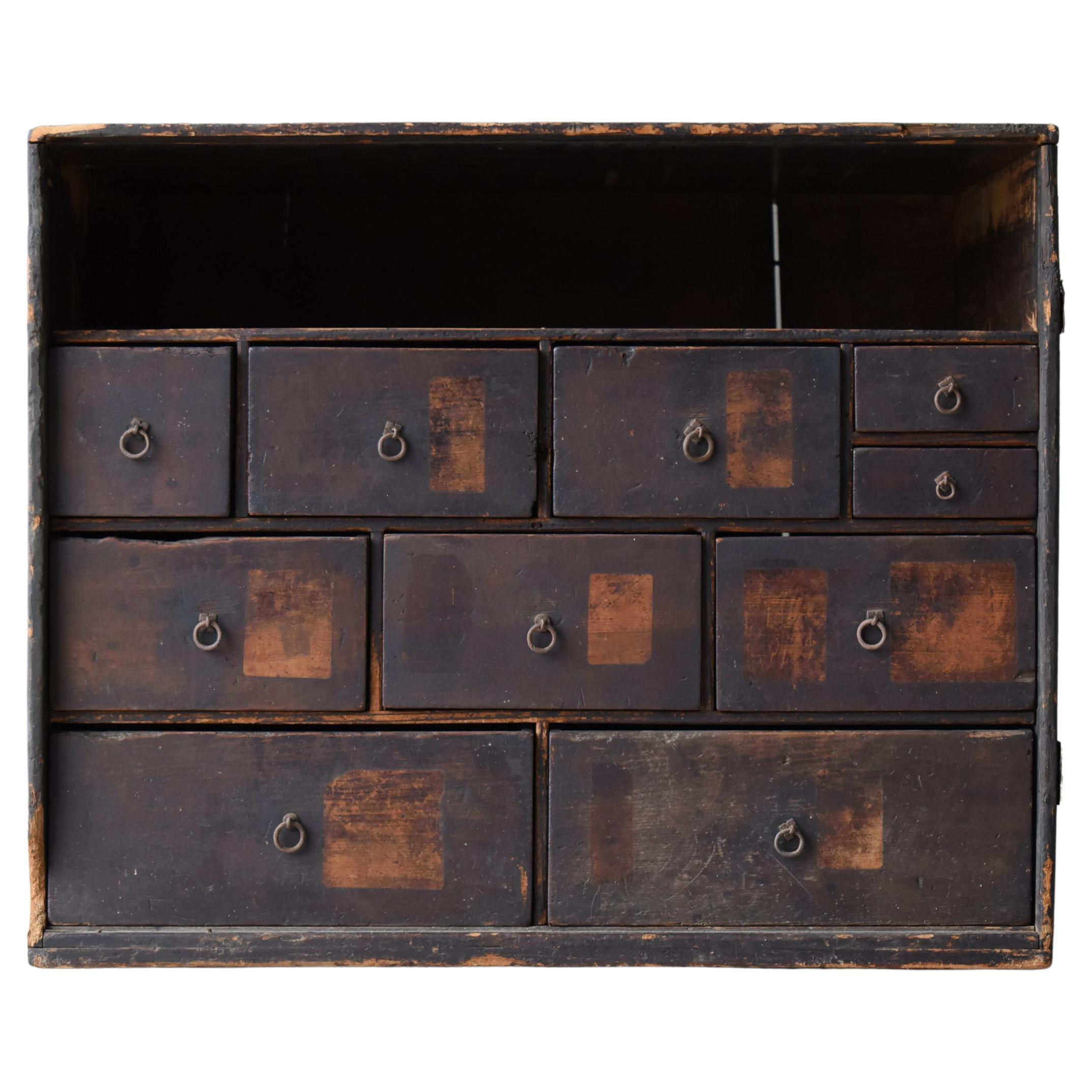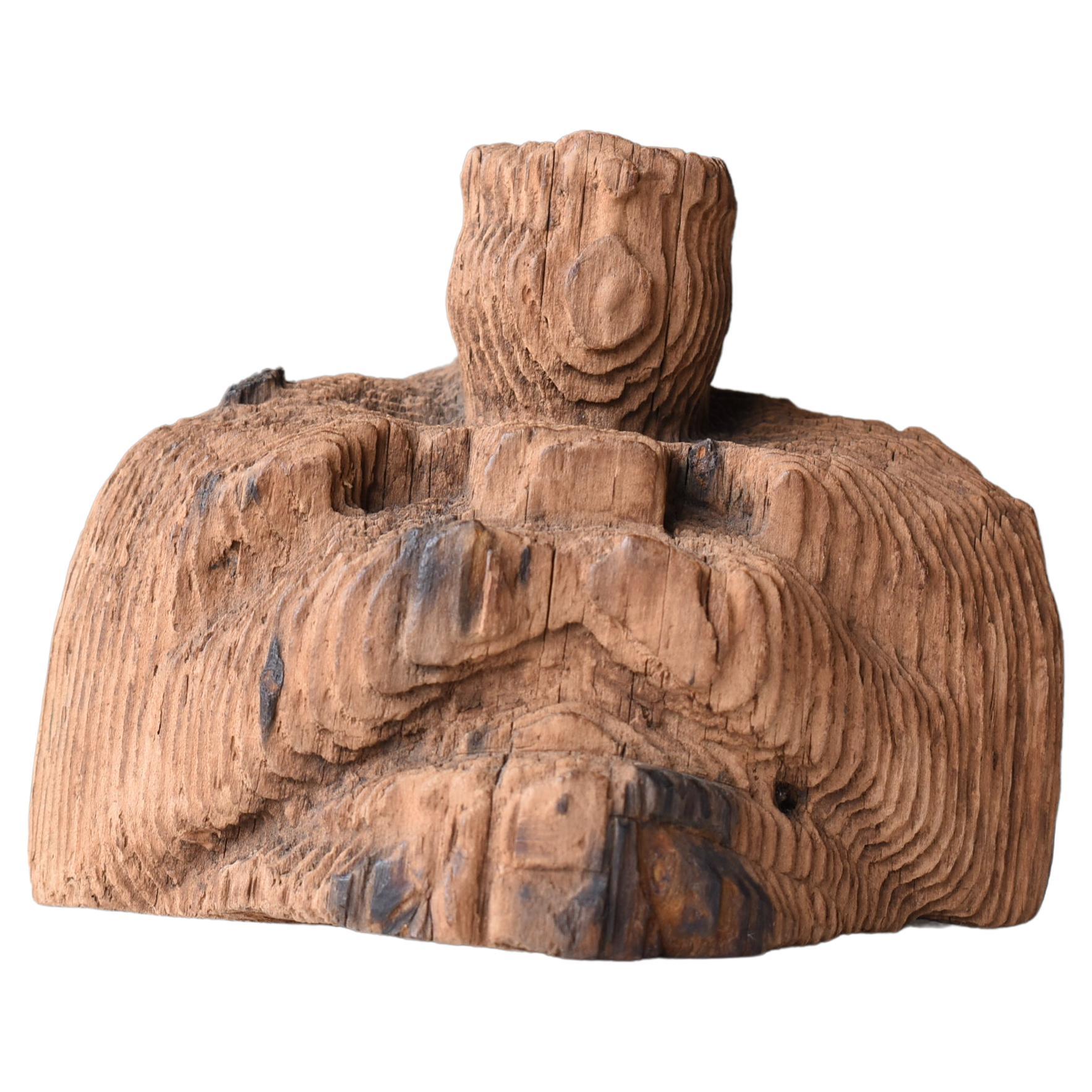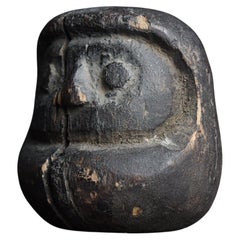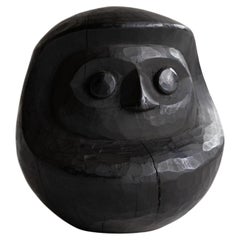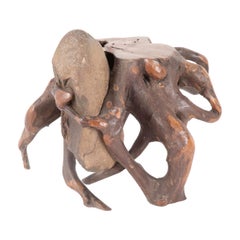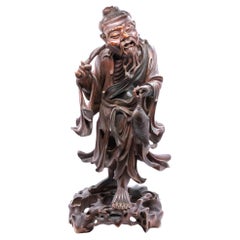
Japanese Antique Stone Carving Daruma 1860s-1900s / Wabi Sabi Sculpture Mingei
View Similar Items
Want more images or videos?
Request additional images or videos from the seller
1 of 12
Japanese Antique Stone Carving Daruma 1860s-1900s / Wabi Sabi Sculpture Mingei
About the Item
- Dimensions:Height: 4.53 in (11.5 cm)Width: 3.94 in (10 cm)Depth: 4.34 in (11 cm)
- Style:Meiji (Of the Period)
- Materials and Techniques:
- Place of Origin:
- Period:
- Date of Manufacture:1860s-1900s
- Condition:
- Seller Location:Sammu-shi, JP
- Reference Number:1stDibs: LU5487232902692
About the Seller
5.0
Platinum Seller
These expertly vetted sellers are 1stDibs' most experienced sellers and are rated highest by our customers.
Established in 2015
1stDibs seller since 2020
1,128 sales on 1stDibs
Typical response time: 4 hours
More From This SellerView All
- Japanese Antique Wood Carving Daruma 1860s-1900s / Sculpture Mingei Wabi SabiLocated in Sammu-shi, ChibaThis is a very old wooden Daruma doll. It was made during the Meiji period (1860s-1900s). The material is cedar wood. A wooden model of Daruma doll. Many Daruma dolls were mass-prod...Category
Early 20th Century Japanese Meiji Sculptures and Carvings
MaterialsCedar
- Japanese Antique Wood Carving Monkey 1860s-1900s / Figurine Sculpture Wabi SabiLocated in Sammu-shi, ChibaThis is a very old Japanese wood carving of a monkey. It is a wood carving from the Meiji period (1860s-1900s). It appears to be carved from cedar wood. "Monkey holding a peach" Pea...Category
Mid-20th Century Japanese Meiji Sculptures and Carvings
MaterialsCedar
- Japanese Antique Wood Carving Black Daruma 1860s-1920s / Wabi Sabi SculptureLocated in Sammu-shi, ChibaThis is an old Japanese large wooden Daruma. It is from the Meiji period (1860s-1920s). It is made from a large cedar tree. It is rustic and beautiful, with traces of hand-carving...Category
Early 20th Century Japanese Meiji Sculptures and Carvings
MaterialsCedar
- Japanese Antique Stone Daruma 1860s-1900s / Stone Carving Figurine Wabi SabiLocated in Sammu-shi, ChibaThis is a very old Japanese stone Daruma doll. This Daruma doll dates from the Meiji period (1860s-1900s). Daruma was a Buddhist monk who introduced Buddh...Category
Early 20th Century Japanese Meiji Sculptures and Carvings
MaterialsStone
- Japanese Antique Chicken Object 1860s-1900s / Animal Sculpture Wabi SabiLocated in Sammu-shi, ChibaThis is a very old Japanese chicken figurine. It is from the Meiji period (1860s-1900s). The body is made of paper, the beak of wood, and the legs ...Category
Early 20th Century Japanese Meiji Sculptures and Carvings
MaterialsWood, Paper
- Japanese Antique Wood Carving Daruma 1860s-1900s / Sculpture Mingei WabisabiLocated in Sammu-shi, ChibaVery old Japanese wooden Daruma doll. It was made during the Meiji period (1860s-1900s). The material is cedar wood. This wooden mould is the prototype of the Daruma doll. Many Daruma dolls were mass-produced using this wooden form...Category
Early 20th Century Japanese Meiji Sculptures and Carvings
MaterialsCedar
You May Also LikeView All
- Japanese Wood and Stone Wabi Sabi SculptureLocated in Stamford, CTJapanese wood root and stone Wabi Sabi - "The Acceptance of Transience & Imperfection" sculpture. From Kyoto, Japan. Possibly earlier than 19th cen...Category
Antique Late 19th Century Japanese Sculptures and Carvings
MaterialsStone
- Japan 1890 Meiji Period Ebisu Sculpture in Wood Carving of an Old FishermanLocated in Miami, FLAn extremely well detailed wood carving of Ebisu, as a fisherman. Beautiful and well detailed sculpture, created in Japan during the Meiji dynastic period (1868-1912) back in the 1890's. This piece represent the god of good fortune Ebisu. Was exceptionally carved and executed from one solid single piece of rose wood, showing a gorgeous face expression, with intricate details in the hands and feets, he's carrying as usual a rod and a fish. Ebisu (yebisu), ???, god of fortune, the ocean and fisherman. In the japanese mythology is one of the seven gods of luck, sichi-fuku-jin, the patron of the fisherman and tradesmen. he is depicted as a bearded, smiling fisherman with formal long court ropes, often carrying a rod in one hand and a tai, symbolic fish of the good luck, in the other. The height is 14.25 inches (36.20 cm) and the base measurements is 6.5 by 6.45 inches (16.5 x 16.38 cm). Meiji period, is an era of Japanese history that extended from October 23, 1868 to July 30, 1912.The Meiji era was the first half of the Empire of Japan, when the Japanese people moved from being an isolated feudal society at risk of colonization by Western powers to the new paradigm of a modern, industrialized nation state and emergent great power, influenced by Western scientific, technological, philosophical, political, legal, and aesthetic ideas. As a result of such wholesale adoption of radically different ideas, the changes to Japan were profound, and affected its social structure, internal politics, economy, military, and foreign...Category
Antique 1890s Japanese Meiji Sculptures and Carvings
MaterialsWood
$1,320 Sale Price20% Off - Monumental Japanese Bas Relief Carving on Natural Wood SlabLocated in Vero Beach, FLMonumental Japanese bas relief carving on natural wood slab Palatial sized Japanese wood carving from the Meiji Period (1868-1912). This stunning sc...Category
Antique Late 19th Century Japanese Japonisme Sculptures and Carvings
MaterialsWood, Lacquer
$5,750 Sale Price50% Off - Japanese Pair Wabi Sabi Cedar Wood SculpturesLocated in Douglas Manor, NY1496 Pair Wabi Sabi Cedar wood sculpturesCategory
Vintage 1940s Sculptures and Carvings
MaterialsHardwood
- Japanese Tree Segment Wabi Sabi Wood SculptureLocated in Douglas Manor, NY3-175 Segment of a branch from a cypress tree set on a steped wood base wood base 7.5 x 7.5"Category
Vintage 1920s Japanese Sculptures and Carvings
MaterialsHardwood
$285 Sale Price81% Off - Antique Wooden Japanese Buddha from JapanLocated in DEVENTER, NLMaterial: wood 47 cm high 29,3 cm wide and 22,2 cm deep Weight: 3.7 kgs Gilded with 24 krt. gold Abhaya mudra Originating from Japan Late 18th / ear...Category
Antique Late 18th Century Japanese Sculptures and Carvings
MaterialsWood
Recently Viewed
View AllMore Ways To Browse
Antique Dolls House Dolls
Old Antique Dolls
Antique Old Dolls
Antique Dolls House And Furniture
Antique Dolls 1920S
Antique Japanese Doll
Wabi Sabi Stone
Antique Dolls Early 1900s
Antique Dolls House
Antique Doll House
Antique Dolls House Furniture
Antique Stone Basin Garden
Asian Carved Vintage
Antique Asian Lantern
Garden Sculpture Lantern
Japanese Stone Garden Ornaments
Asian Antique Gallery
Chinese Antique Gallery
